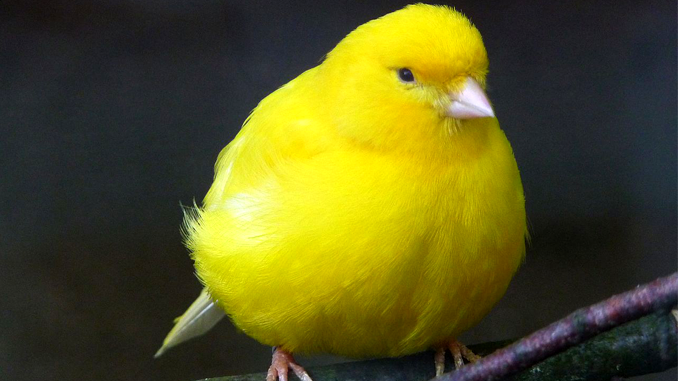
Did you know there is a fungus in tropical forest environments that will hijack a host, in this case a carpenter ant, that then turns the ant into a zombie to make it do its bidding?
[h/t to NCMountainGirl for the intro to this cool Twitter user’s feed]
According to a 2009 Scientific American article about a paper on the subject, the fungus has “adapted to infect ants and force them to chomp, with surprising specificity, into perfectly located leaves before killing them and taking over their bodies.”
The Ophiocordyceps unilateralis fungus infects Camponotus leonardi ants that live in tropical rainforest trees. Once infected, the spore-possessed ant will climb down from its normal habitat and bite down, with what the authors call a “death grip” on a leaf and then die. But the story doesn’t end there.
“The death grip occurred in very precise locations,” the authors write. All of the C. leonardi ants studied in Thailand’s Khao Chong Wildlife Sanctuary had chomped down on the underside of a leaf, and 98 percent had landed on a vein. Most had: a) found their way to the north side of the plant, b) chomped on a leaf about 25 centimeters above the ground, c) selected a leaf in an environment with 94 to 95 percent humidity and d) ended up in a location with temperatures between 20 and 30 degrees Celsius. The researchers called this specificity “remarkable.”
Sound rare? Nature is actually full of zombie creatures doing the dirty work for their clever parasite hosts—a phenomenon known as adaptive parasite manipulation. In Central America, ants that eat bird droppings can end up ingesting a nematode parasite that lays eggs in the ants’ bellies, turns them bright red and rounds them out. The color and shape change leaves the ants looking just like local berries that birds like to eat, thereby passing the parasite onto another bird. And one wasp (the emerald cockroach wasp, or Ampulex compressa) attacks cockroaches with venom that blocks a neurotransmitter that allows the insect to control its own movements. The wasp is then free to lead the walking zombie roach into the wasp’s nest—to have it serve as host and food for a wasp larva.
Did you know that murmuration describes the behavior of when birds are in a flock, such as when they are migrating or foraging?
Shoaling is similarly used when describing the flocking “behaviors of fish, the swarming behavior of insects, and herd behavior of land animals.”
Did you know that dolphins will torment a pufferfish to get it to release its toxins and then get high off it?
From Smithsonian magazine.com:
Humans aren’t the only creatures that suffer from substance abuse problems. Horses eat hallucinogenic weeds, elephants get drunk on overripe fruit and big horn sheep love narcotic lichen. Monkeys’ attraction to sugar-rich and ethanol-containing fruit, in fact, may explain our own attraction to alcohol, some researchers think.
[Not sure how it would explain it, per se, other than to explain it is parallel or similar to it.]
Did you know this is what a baby wombat looks like?
It is a long way from that to this.
Did you know about this frog fish?
Have a good Sunday, peeps. Hug a friend today.
